KASHMIR
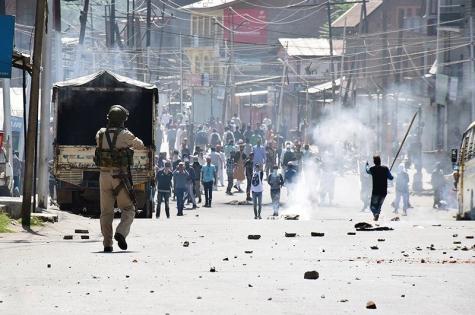
➡️️ KASHMIR CONFLICT – Ongoing Deadly Dispute Between India & Pakistan
A longstanding territorial dispute between India and Pakistan has plagued this beautiful Himalayan region since the partition of British India in 1947. The conflict is rooted in colonialism, terrorism, and social, religious, and historical factors.
Both India and Pakistan claim Kashmir, but neither of them has full control of the region, which has led to decades of clashes and a complex geopolitical situation which is showing no signs of stabilising.
Jump straight to our resources on ➡️ Kashmir
Explore our comprehensive guides on -
-
Attempts at Peace & Human Rights Implications
-
The Nuclear Threat
-
Indian Administered Kashmir - Jammu, Kashmir & Ladakh
-
Pakistani Administered Kashmir - Azad Kashmir & Gilgit-Baltistan
-
Guides to Peace and Nuclear Disarmament
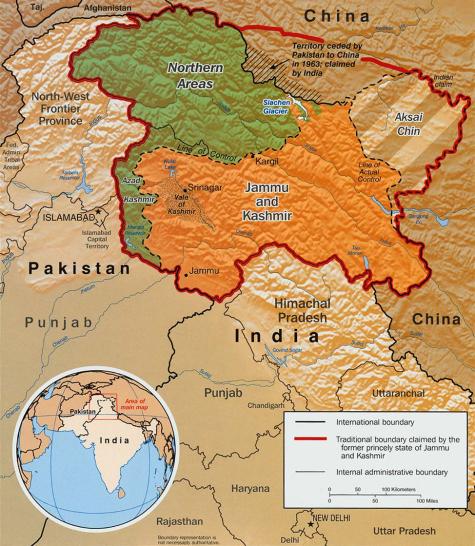
Timeline of the Kashmir Conflict
The ethnically diverse Himalayan region of Kashmir is famed for its beauty, stunning mountain vistas and glassy lakes. However, since India and Pakistan gained independence from Britain in 1947, Kashmir has become one of the most militarised zones in the world.
The first Indo-Pakistani war began after the princely state of Jammu and Kashmir joined with India, despite its Muslim-majority population - a controversial decision which Pakistan claims was made under duress. A United Nations-mediated ceasefire was established, as well as the Line of Control, which still serves today as the de facto border.
At the time, it was recommended that a plebiscite be held to determine the region's future, but it never took place. With neither side committed to negotiations nor diplomacy, the conflict has persisted for decades. Subsequent wars in 1965 and 1999, along with ongoing skirmishes, have left Kashmiri citizens bearing the brunt of this violent conflict. The region's strategic position and its diverse population of Muslims, Hindus, and Buddhists add further complexity to the conflict.
In April 2025, attacks by militants have brought the two countries to the brink of even further escalation. Indian-administered Kashmir has been resisting Delhi since 1989. This armed insurgency targets both security forces and civilians. There is much support from Muslim Kashmiris for their goal of uniting the territory under Pakistani rule or as an independent country.
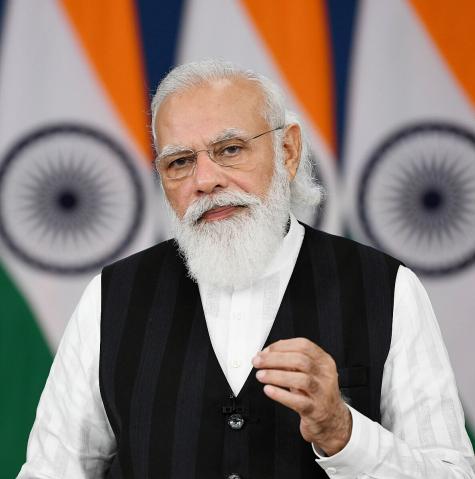
Hindu Nationalism
Indian Prime Minister Narendra Modi has been a key driver of Hindu nationalism since he took office in 2014, and his government soon after launched a brutal security crackdown in Indian-administered Kashmir. In 2019 he also removed the region's status of limited autonomy, which it had held since 1949.
For the first time, outsiders were permitted to buy land in Kashmir, which many saw as an attempt to dispossess Kashmiris of their land and reduce the Muslim demography in the region.
Recent deadly military exchanges have yet again brought the plight of Kashmiris to the world's attention.
Nuclear & Military Capabilities
Both India and Pakistan possess significant nuclear and military capabilities, which have been a focal point of regional and global security concerns. The longstanding rivalry over the Kashmir region continues to influence their military strategies and defence postures.
Even a small nuclear exchange between India and Pakistan could kill 20 million people in just one week. In the case of nuclear winter, nearly 2 billion people in the developing world would be at extreme risk of starvation.
PAKISTAN
Pakistan is estimated to have 170 nuclear warheads. They are not a member of the Treaty on the Non-Proliferation of Nuclear Weapons (NPT) and have not agreed to the No First Use policy.
The Pakistan Army is one of the largest in the world, with around 560,000 active personnel. Their military capability ranks in 12th place. Their main weapons supplier is China.
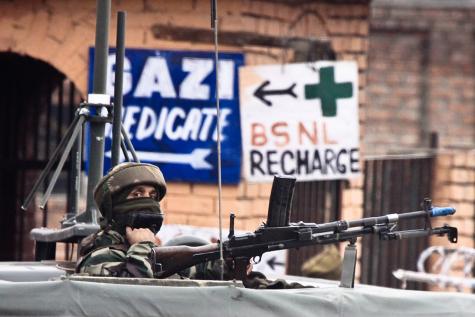
INDIA
India is believed to have approximately 180 nuclear warheads. They are also not a member of the NPT, but they have agreed to the No First Use Policy.
India's armed forces are twice the size of Pakistan's. Their military capabilities rank 4th in the world with an active personnel of 1.3 million. The country is a major importer of military technology, and its main weapons suppliers are Russia, France, and Israel.
Human Rights Concerns in Kashmir
Since the Special Autonomous Status was revoked in 2019, the human rights situation in Kashmir has deteriorated. The government has restricted various freedoms, including peaceful assembly, freedom of expression, movement, and association.
Indian security forces carry out arbitrary detention, enforced disappearances, extrajudicial killings, excessive use of force and other rights abuses with impunity. Religious minorities, journalists and human rights activists face targeted attacks and arbitrary arrest and detention.
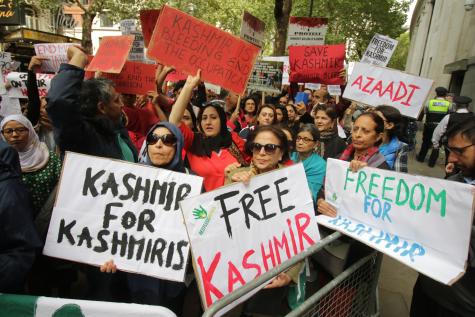
Indian authorities have been using counterterrorism laws to silence dissent. Between 2019 and 2021, the internet in Jammu and Kashmir was shut down for 500 days under the guise of preventing the spread of false information which could provoke violent protests. The shutdowns created an information blackout and prevented communication, access to essential services and seriously disrupted the economy.
Civilians are caught between the conflicting militant groups. They live in fear of terrorism, face widespread displacement, psychological trauma, and suffer under a weak and unstable economy.
Despite their huge social and welfare needs, India and Pakistan allocate substantial portions of their national budgets to defence spending. Massive militarisation has hindered investment and economic growth, particularly in Kashmir, where tourism, which could be a major economic driver, frequently suffers due to instability.
Political tensions have limited cross-border trade within the region for decades, which also contributes to poverty, unemployment, and a stagnation of the economy.
The region's rich cultural heritage, characterised by a unique blend of Indian, Persian, and Central Asian influences, has been overshadowed by the violence and unrest. Social divisions and polarisation have deepened, and a generation of youth has grown up in an environment marked by insecurity and instability.
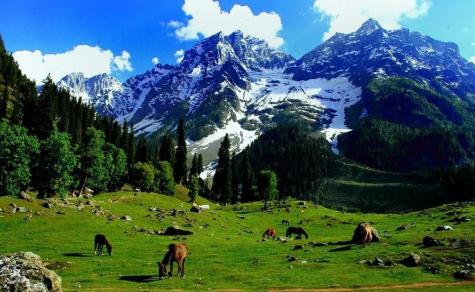
Peace Efforts in Kashmir
Efforts at peace, including bilateral talks and international mediation, have seen limited success. The situation remains volatile, with human rights concerns and calls for self-determination fueling the discourse.
One of the earliest significant efforts at peace was the United Nations' intervention in 1948, which led to a ceasefire and the establishment of the Line of Control, effectively dividing the region. Unfortunately, it failed to stop violence from erupting.
In the late 1990s and early 2000s, several diplomatic initiatives were undertaken to foster dialogue. The Lahore Declaration in 1999 was a notable event, where both countries agreed to work towards a peaceful resolution through bilateral talks. However, the Kargil conflict later that year strained relations once again.
The early 2000s saw renewed efforts, including the Islamabad Declaration in 2004, where both nations committed to a composite dialogue addressing all outstanding issues, including Kashmir. This period saw some reduction in violence, but progress stalled due to subsequent terrorist attacks and political changes.
Rarely, a week goes by without an insurgent attack or a deadly clash between insurgents and security forces. Kashmiri youth continue to join militant groups as resentment of the Indian State grows and civilian voices are silenced.
Kashmiris feel disempowered as repression grows and Modi's promise to create a regional legislature remains unfulfilled. Both pro-India and separatist lineages are demanding elections in a rare state of agreement.
Fair and impartial elections, the restoration of Jammu and Kashmir's statehood, and the guarantee of individual freedoms must be in place before long-lasting peace, stability, and democracy can prosper.
On May 10, 2025 India and Pakistan agreed to a ceasefire during US-mediated talks (AP News).
Author: Rachael Mellor, 08.05.25 (Updated 14.05.25) licensed under CC BY-SA 4.0
For further reading on Kashmir see below ⬇️
Info on KASHMIR
- News[23]
- Links[12]
- NGO's[17]
- Nuclear Threat[2]
- Background[57]
- Kashmir Peace Attempts[115]
- Official[8]
- Selected Articles[86]
- Kashmir - India[125]
- Kashmir - Pakistan[42]
- Kashmir - Human Rights[133]